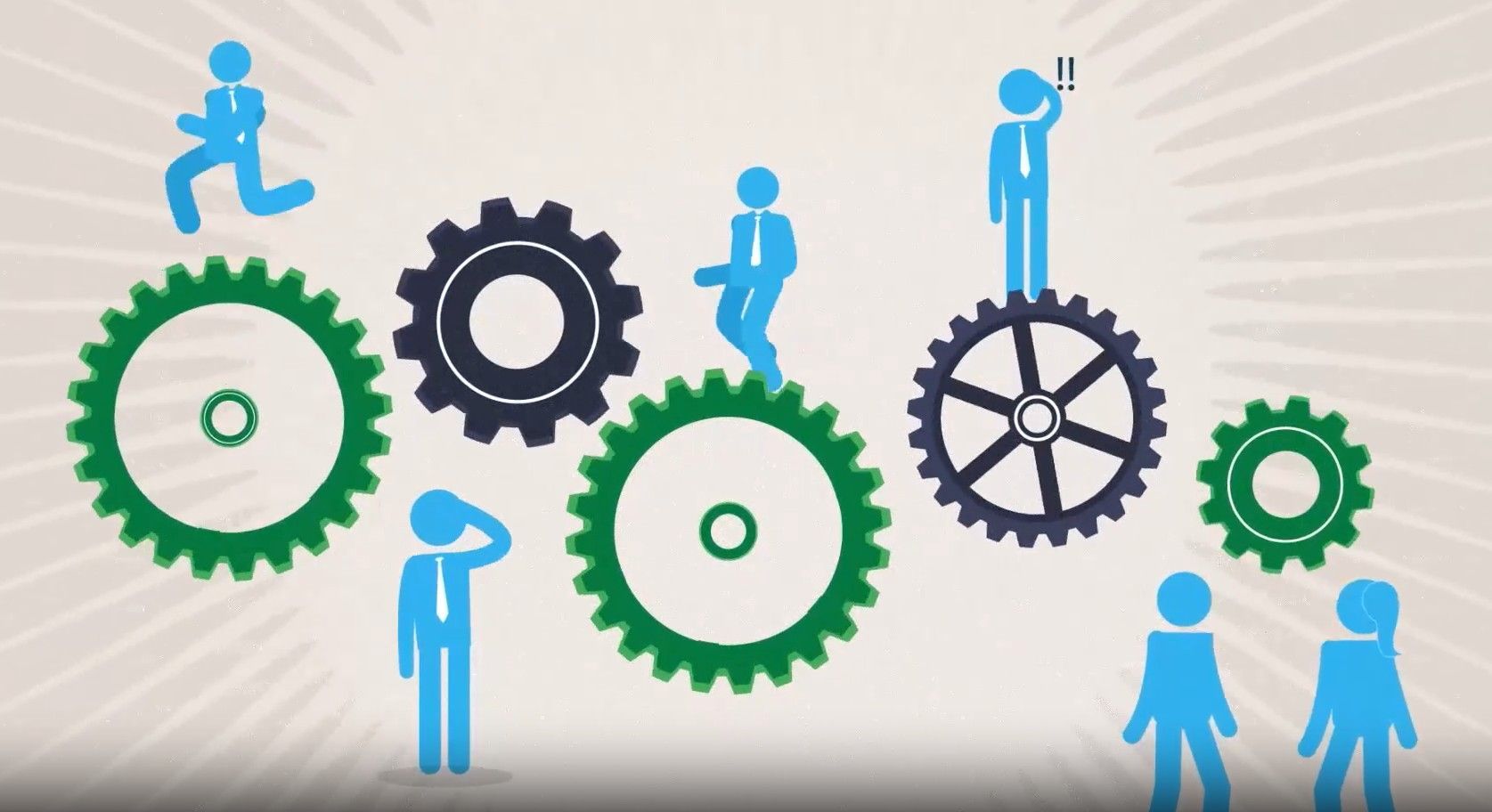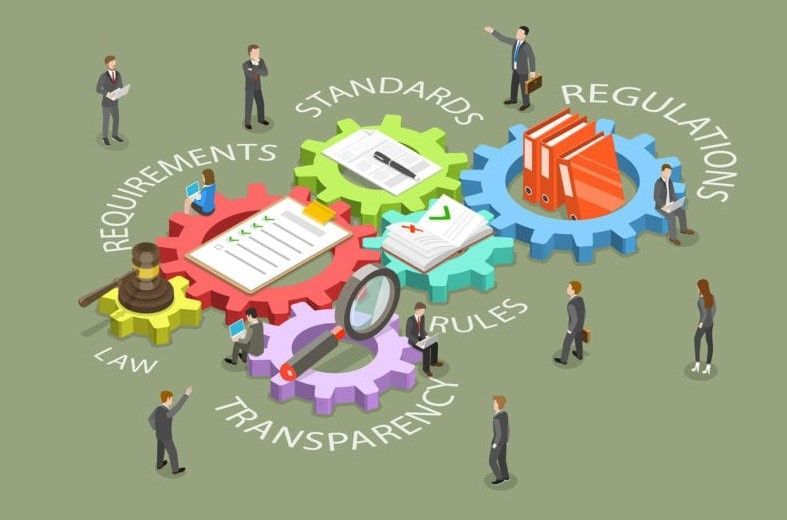How Important Is Differentiation?
August 14, 2025
Is differentiation a nice-to-have business attribute or a must-have? In other words, is it a luxury or a necessity?
Companies in mature markets have always felt the need to impact revenues by developing differentiation that creates unique value for customers and prospects. Today, however, fierce competition, unending channels of communication, and disrupters on all sides from non-traditional competitors affect companies at all stages. So, if developing value-added differentiation used to be a luxury, today it does seem mandatory.
Unfortunately, companies too often foolishly assume their business is “different.” The truth is that while 80 percent of executives believe their products or services are differentiated, only 10 percent of their customers would agree.* Even so, forward-looking companies are becoming more aware of the blinders, especially when a competitor or two develops and sells new value.
Clients and prospects frequently tell us they need new ways to create differentiated value: They just don’t know how to do it. We hear the same things from others looking for imaginative thinking to expand the recognized value they already have. Still others-newer companies or established ones in long stable markets-don’t know what their differentiators are or don’t believe they have any. (Good news: In nearly 25 years in business, we’ve never found a company that didn’t have identifiable differentiators or couldn’t develop them with our help.)
So, how do you get creative about differentiation? Here are some ideas to consider.
Identify the Real Problem. Start with basic, hard questions.
| 1. | Is your product or service truly different from your competitors’ in ways that matter to your customers and prospects? If so, what specific value does it create that your competitors don’t-better quality, faster service, more innovation, lower prices, or something else? If you have no additional value, can you create it? |
| 2. | If you do provide value through differentiation, do your customers understand and appreciate that value? Is your marketing informative and educational about it? Are your sales people skilled enough in consultative selling to persuade customers and prospects how much more valuable your offerings are-and get paid for it? |
Answering those questions can generate highly valuable, in-depth discussion- if the group is willing to challenge the status quo productively. Examples and other information are needed to support positions.
Study the Problem. That means internally and externally.
A straightforward review of various departments is one approach. One by one consider the need-and possibilities-for impacting revenue if departments differentiate from competitors by providing more value to customers. You might learn that your “routine” interactions with customers are already superior in some way. Guided discussion and brainstorming by an unbiased, skilled facilitator almost always identify new possibilities or ways to improve even more.
Now that you’ve looked in the mirror, look out the window, especially for disrupters you can’t control. These could come from your industry, government, or changes that impact businesses and their markets regardless of industry. Three major ones you’re certainly aware of are technology, globalization, and artificial intelligence (AI). But awareness isn’t enough, is it? It’s essential that you understand how these larger issues affect your company now and what paths they may take in the future.
Solve the Problem.
To identify differentiators that create the most value for your customers and prospects, it’s a good idea to hire a facilitator fromoutside your firm to organize the process and guide the discussions and documentation. Such processes usually involve a workshop lastinga day or two, though even half-day sessions can be useful.
Why outside facilitation? Company executives who want to participate in brainstorming or more directed sessions won’t be as effective if they also facilitate. They simply can’t focus 100 percent on listening to the discussion, thinking about and answering questions, and otherwise contributing their perspectives, insights, and ideas. To be productive, such sessions must offer and encourage everyone the freedom to be fully engaged.
In addition, you will be asking your team to think differently than they normally do when performing their regular day-to-day jobs-in effect, helping them to change their behavior about creating value. To be truly innovative, sessions or workshops on differentiation must apply the right “constructs”-guiding ideas, theories, or hypotheses-to your business in the right way. Constructs are often more subjective than empirical, so determining which ones are best for your company requires input from your team. An unbiased, professional facilitator who knows how to help identify differentiators based on that input will ensure sessions are as productive as possible. For example, when we facilitate such sessions we spend the first half day discussing an inventory of constructs we have identified. Once we decide as a group on a few that specifically apply, then real discussions start to occur.
And don’t be surprised if differentiators pop up in unlikely places. For example, your company’s sales process can separate you from the pack-and not only when face-to-face with customers and prospects. One client we trained in consultative selling and sales process development took this concept to the next level. This client uses its sales force for on-the-spot market research to provide intelligence to product developers (in this case, for software) and marketers. In part because its process is formalized internally, this company consistently produces new products and services to solve customer problems before its competitors even know such problems exist.
All things considered, we believe it’s clear that differentiation is anecessity, not a luxury, even if companies don’t always act on that belief. And, as business leaders, we also believe that we should all be grateful that our business environment is sufficiently stable that we can focus on differentiation and not just survival.
For me, this point was driven home on a recent trip to Argentina. There I heard firsthand from business owners about their concerns ranging from inconsistent inflation-40 percent in 2016; 20 percent anticipated in 2017-to disruptive political challenges. For instance, albeit peacefully, the early 2000s, saw the nation’s presidency change hands five times in 10 days. As these business owners tell it, they don’t have the luxury to spend much time on differentiation. They’re more focused on survival.
Our firm is experienced in successfully helping companies identify their points of differentiation, develop new ones, and ensure that their customers know what they are. Please contact us to discuss these and other business development challenges at 847-446-0008 or pkrone@productivestrategies.com.
*James Allen, Bain & Company, writing in Harvard Business Review, March, 2012.
The post How Important Is Differentiation? appeared first on Productive Strategies, Inc..










